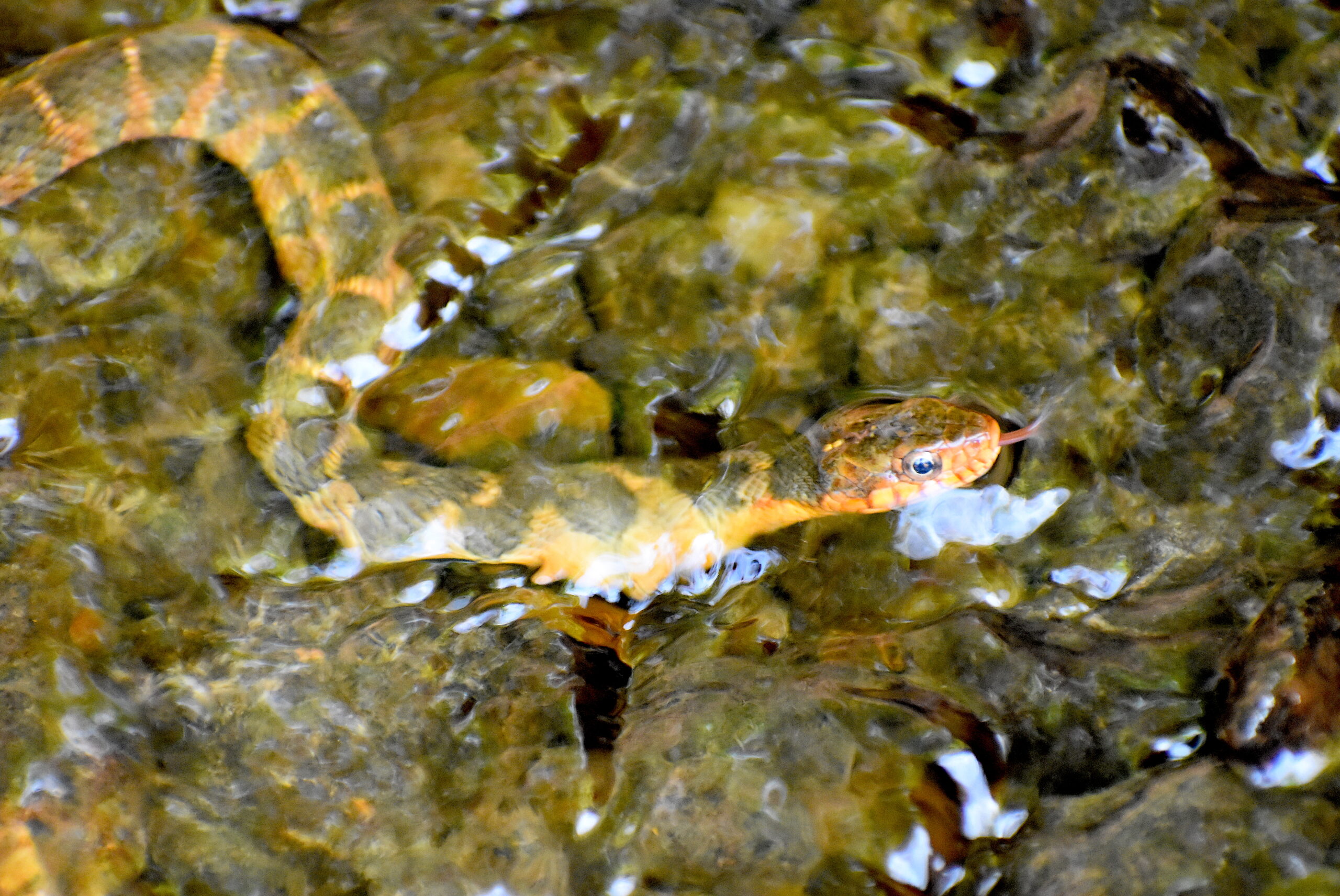Do Water Snakes Get Thirsty?

New research shows that snakes in watery habitats are sensitive to dehydration.
Anglers who spend all Saturday on the boat know the importance of drinking water and staying hydrated when it’s warm out.
Humans, in fact, can live without food much longer than we can live without water. But does this general rule apply to other animals like reptiles, some of which live in freshwater?
Research Need
Both the banded and brown water snakes are freshwater amphibious species that live throughout North Carolina.
These snakes utilize various sources of water in the environment to remain hydrated and keep their electrolytes balanced. After a meal, they take in more water, which suggests that feeding increases their need for it.
But, specifically, under what conditions do water snakes change their drinking and feeding behavior?
What did they study?
Researchers hand-captured live specimens of banded and brown water snakes from creeks and swampy habitats in Alachua County, Florida. They maintained each snake in a cage, and, during a one-hour period each day, they provided access to a pool of tap water and food (live feeding fish).
The research team then observed the feeding behavior of the snakes and continuously weighed each one to measure any evidence of the effects of dehydration.
What did they find?
All snakes drank freshwater when they experienced relatively small amounts of dehydration.
Snakes that had access to food but not water readily ate while dehydrated, but stopped eating during prolonged dehydration.
Both freshwater and semi-marine species of water snakes are more sensitive to dehydration than other species of snakes.
So what?
By documenting the relationship between freshwater availability and feeding behavior in water snakes, it may be possible to better understand how these and similar animals evolved.
Reading
Matthew Edwards, Coleman M. Sheehy, Matthew T. Fedler, Harvey B. Lillywhite. Thirst and drinking in North American watersnakes (Nerodia spp.). J Exp Biol 1 March 2021; 224 (5): jeb241414. doi: https://doi-org.prox.lib.ncsu.edu/10.1242/jeb.241414
Open access funding provided by University of Florida.
Summary by Lauren D. Pharr
Lead photo: banded water snake, Lower Roanoke River, courtesy of NC Wetlands
The text from Hook, Line & Science is available to reprint and republish at no cost but only in its entirety and with this attribution: Hook, Line & Science, courtesy of Scott Baker and Sara Mirabilio, North Carolina Sea Grant. HookLineScience.com
- Categories:



